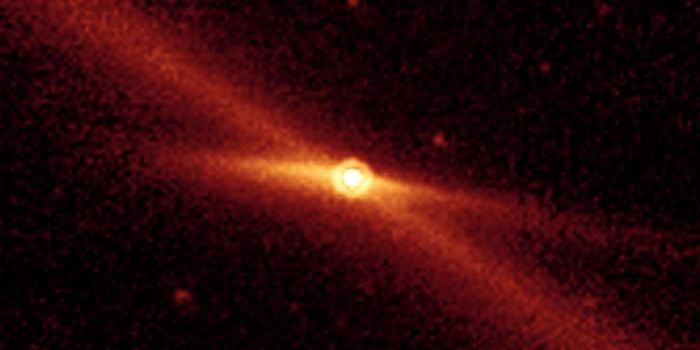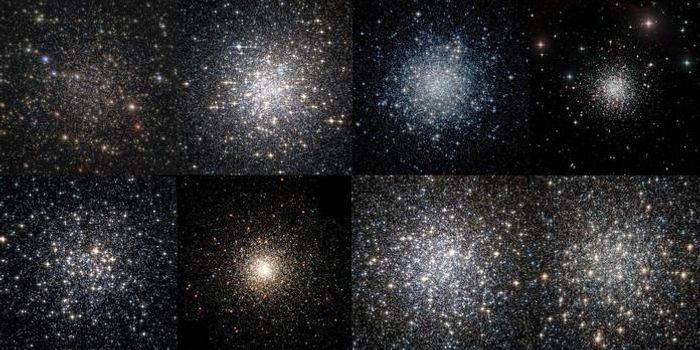Say Hello to the Largest Star Ever Discovered
There are so many stars in the modern universe that we couldn’t ever hope to count them all. Many are so distant from us that we can’t even see them, while others are obfuscated by space debris and neighboring bright objects. But of all the stars we can discern, the largest is the peculiarly named UY Scuti, which measures approximately 1,708 ±192 solar radii.
UY Scuti resides more than 5,100 light years away from Earth in the constellation of Scutum near the center of the Milky Way, and it’s currently classified as a red hypergiant variable star. Based on its sheer size, astronomers believe that it’s no longer in its main sequence, and that it’s on the verge of dying. At this stage in its life, pressure from fusion happening within the star pushes against its own gravity, causing a ballooning effect.
It should also be noted that size and mass aren’t linear, and that UY Scuti’s vast size doesn’t necessarily mean that it’s more massive than a slightly smaller star. The red hypergiant’s ballooning effect plays a significant role in this, making the star out to appear more massive than it truly is. Likewise, being so massive doesn’t mean that UY Scuti is that hot either; in fact, its surface is almost one-half as hot as our Sun’s.
Another thing that makes UY Scuti particularly interesting is the fact that it’s a variable star. Due to the instable battle of pressures between fusion and gravity, material is constantly fluctuating at and near the surface, resulting in luminosity changes that can be observed over time. Astronomers find these kinds of stars particularly interesting because they can teach us more about what happens inside of stars.
Like many other stars, astronomers think that UY Scuti could support a planetary system, but the expansion of the host star may have already enveloped the inner-most exoplanets. UY Scuti is also so dim that it’s unlikely we’ll ever be able to observe those exoplanets first-hand; furthermore, any dips in starlight created by transit events are likely to be indiscernible due to the star’s inconsistent and variable brightness.
UY Scuti is a captivating star, and you can certainly bet that astronomers won’t be letting their eyes off it anytime soon. As it would seem, we still have much to learn despite how much we think we know already.








